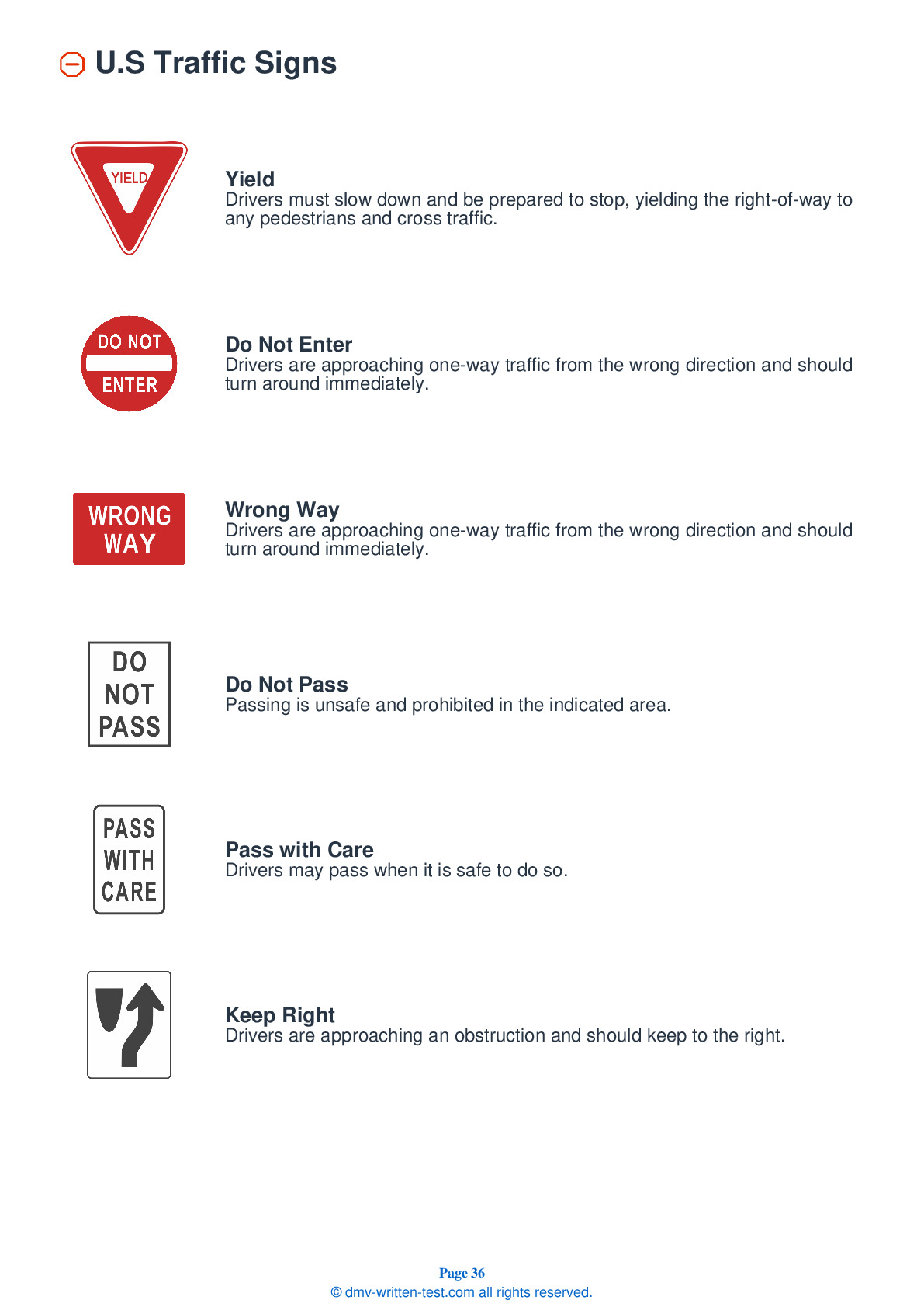2025 Nebraska Motorcycle Permit Test 7
The following questions are from real DMV written motorcycle permit tests. These are some of the actual permit questions you will face in Nebraska when getting your motorcycle learners permit. Each motorcycle theory practice test question has three answer choices. Select one answer for each question and select "grade this section." You can find this button at the bottom of the drivers license quiz. For a complete list of questions and answers for Nebraska please visit https://cheat-sheets.dmv-written-test.com/en/nebraska/motorcycle.
Number of Tests
Number of Question
Passing Score
13. To lessen your chances of being involved in a crash, do all of the following, except:
Explanation
To reduce your risk of being involved in a collision, you should make yourself visible; communicate your intentions to others; maintain an adequate space cushion; search your path of travel; identify and separate hazards; and be prepared to act in response to any hazards that arise.
14. Alcohol reaches the brain ________ being consumed.
Explanation
Alcohol reaches the brain and begins affecting the drinker's riding abilities within minutes of being consumed. Operating any motor vehicle while under the influence of alcohol is illegal and dangerous.
15. When riding over grooved pavement in a work zone, you should:
Explanation
Keep your head and eyes up when riding through a work zone. Ride slowly over the grooved pavement.
16. When preparing to pass a vehicle on the left, you should ride in which portion of the lane?
Explanation
When preparing to pass another vehicle on the left, you should ride in the left portion of your lane.
17. When passing a row of parked cars, you should:
Explanation
When passing a row of parked cars, the left portion of the lane is generally safest for travel. This position will help you avoid hazards like doors being opened, people stepping out from between the parked cars, and cars pulling out of parking spaces. Always be ready to adjust your lane position to respond to changing road and traffic conditions.
18. Anti-Lock Braking Systems (ABS) are designed to:
Explanation




